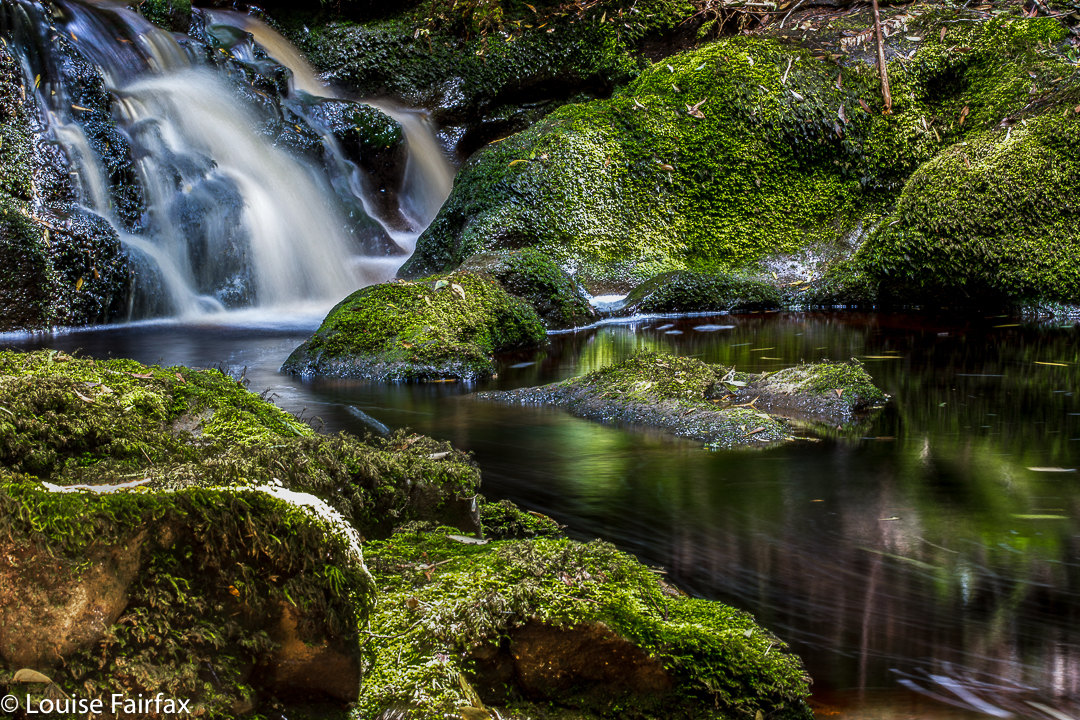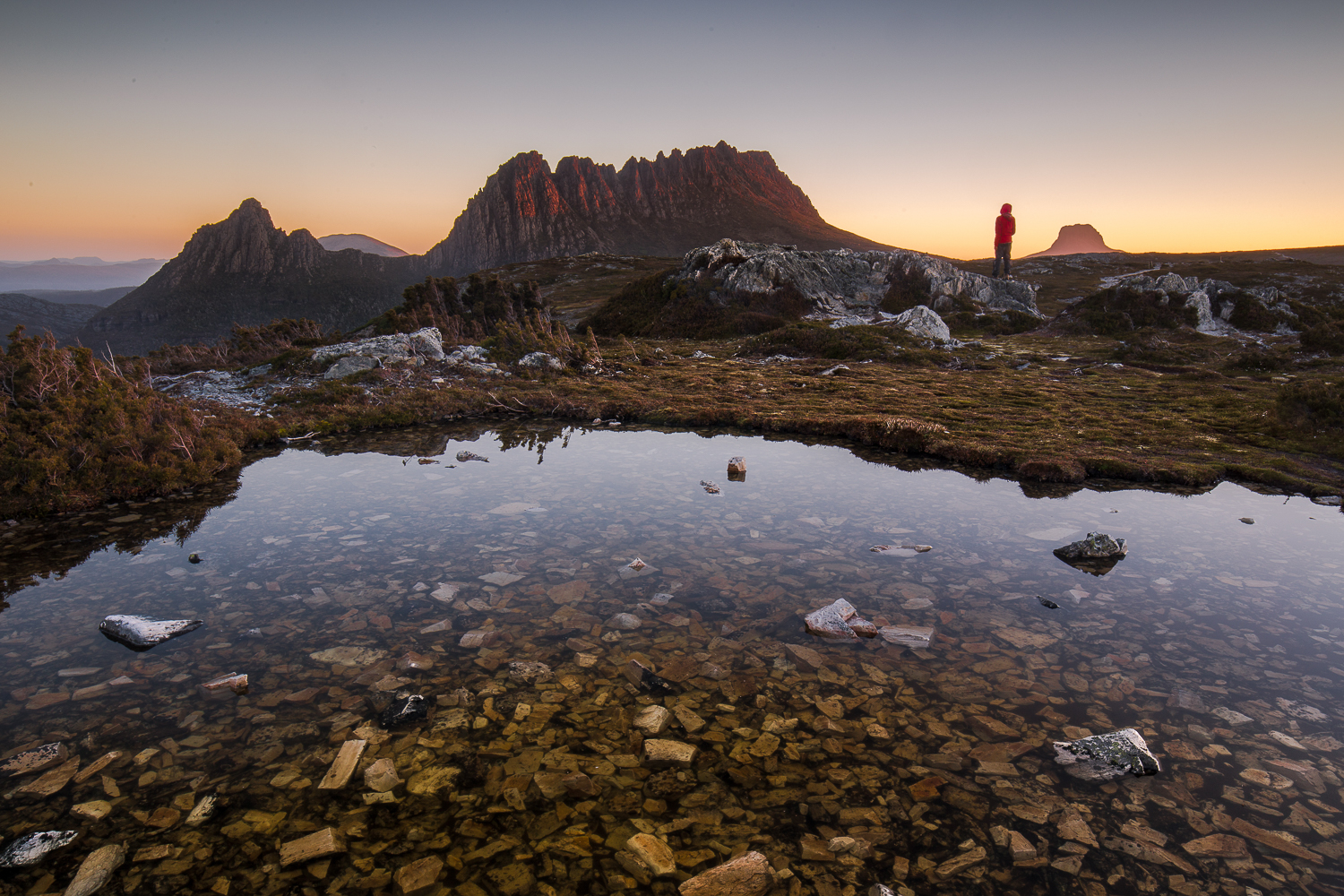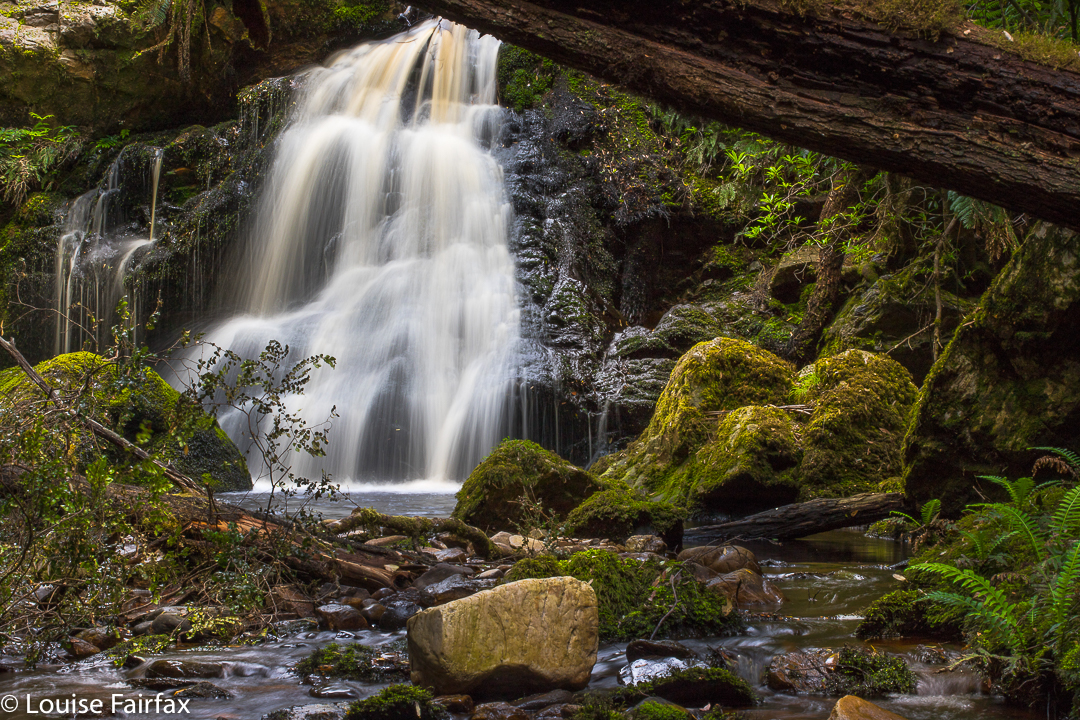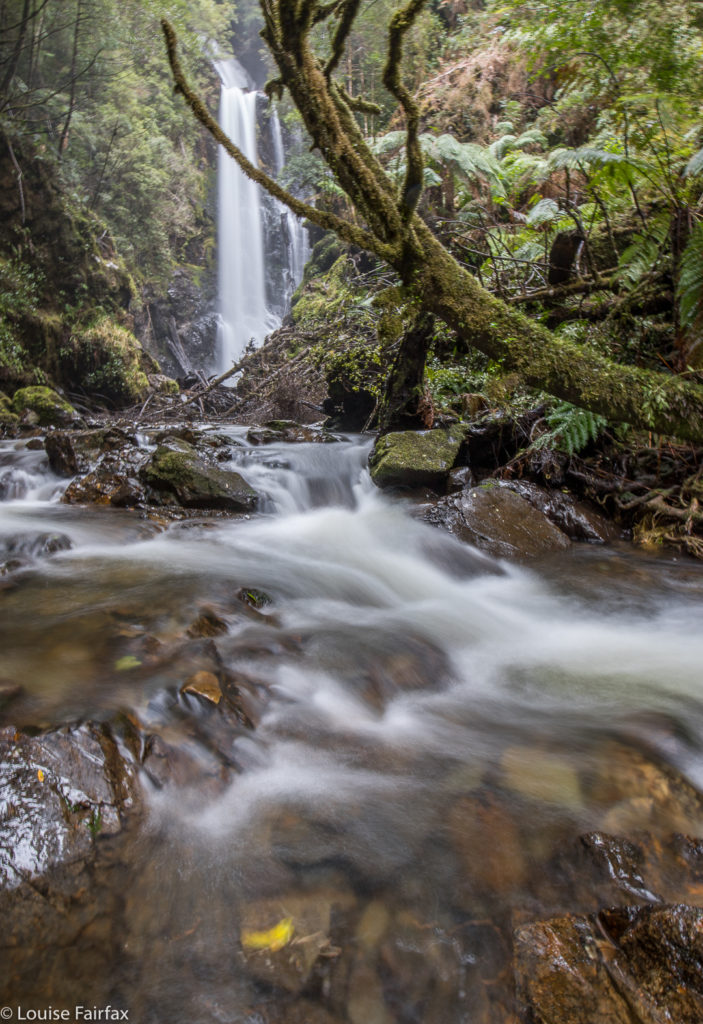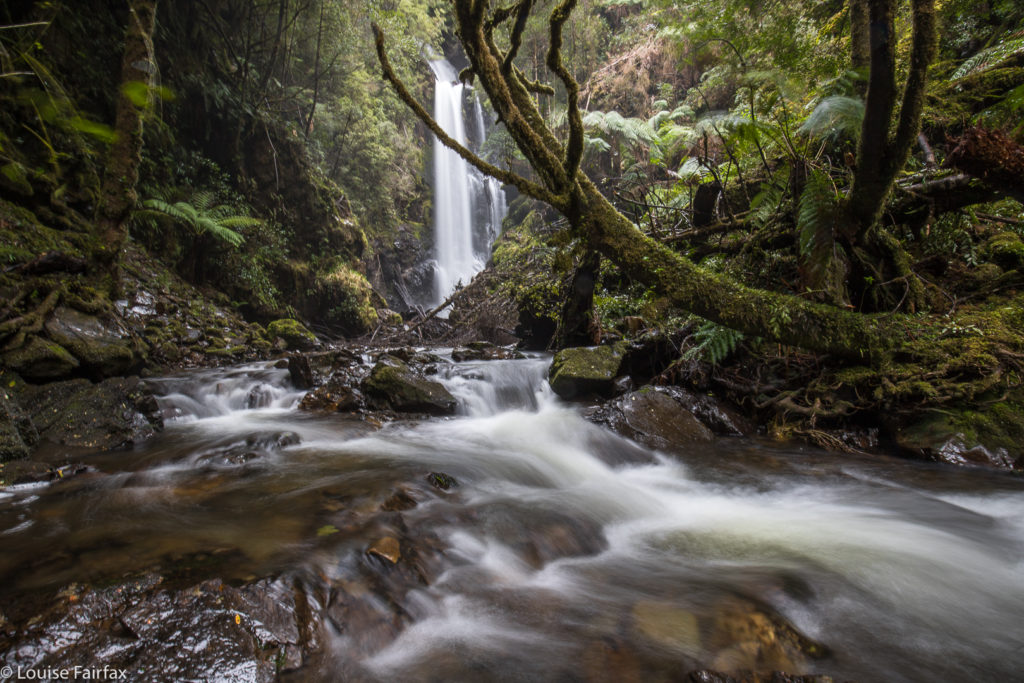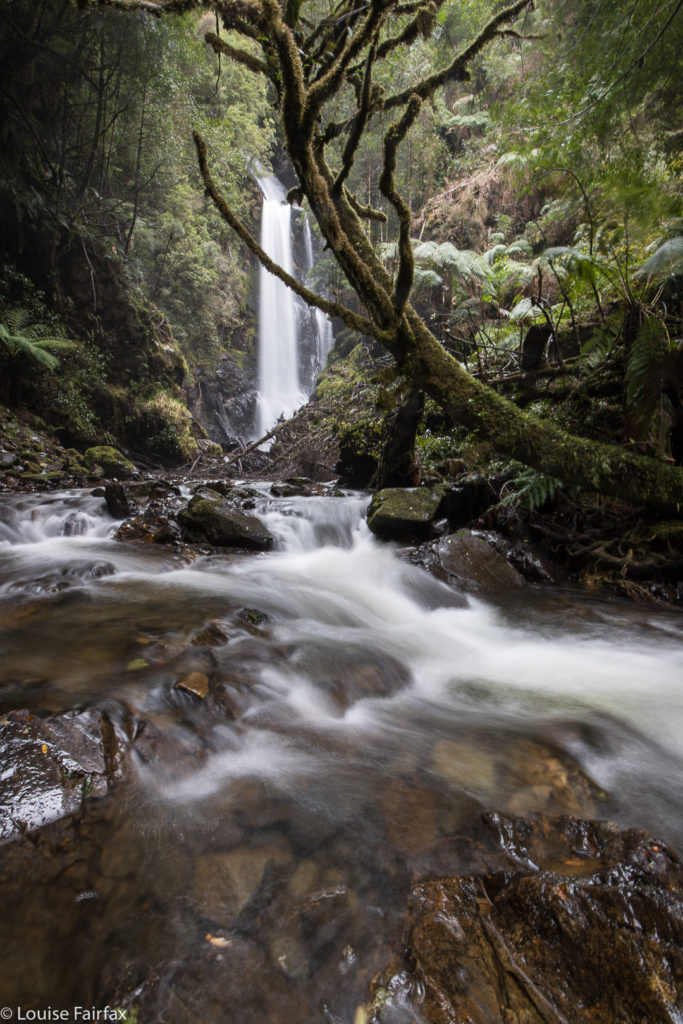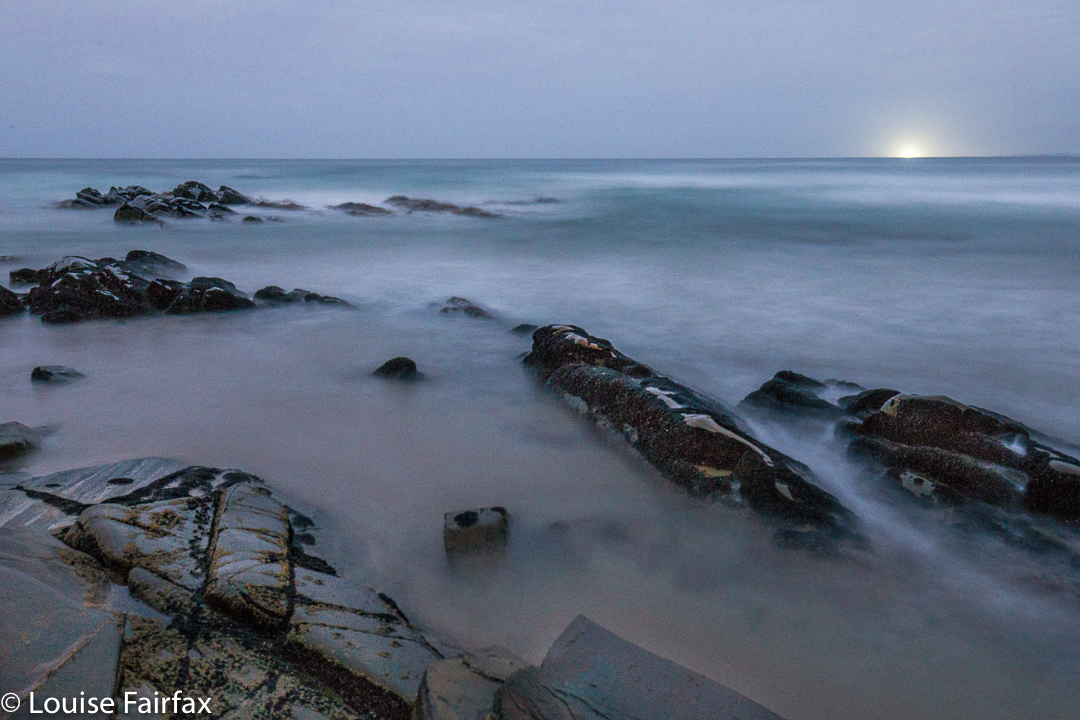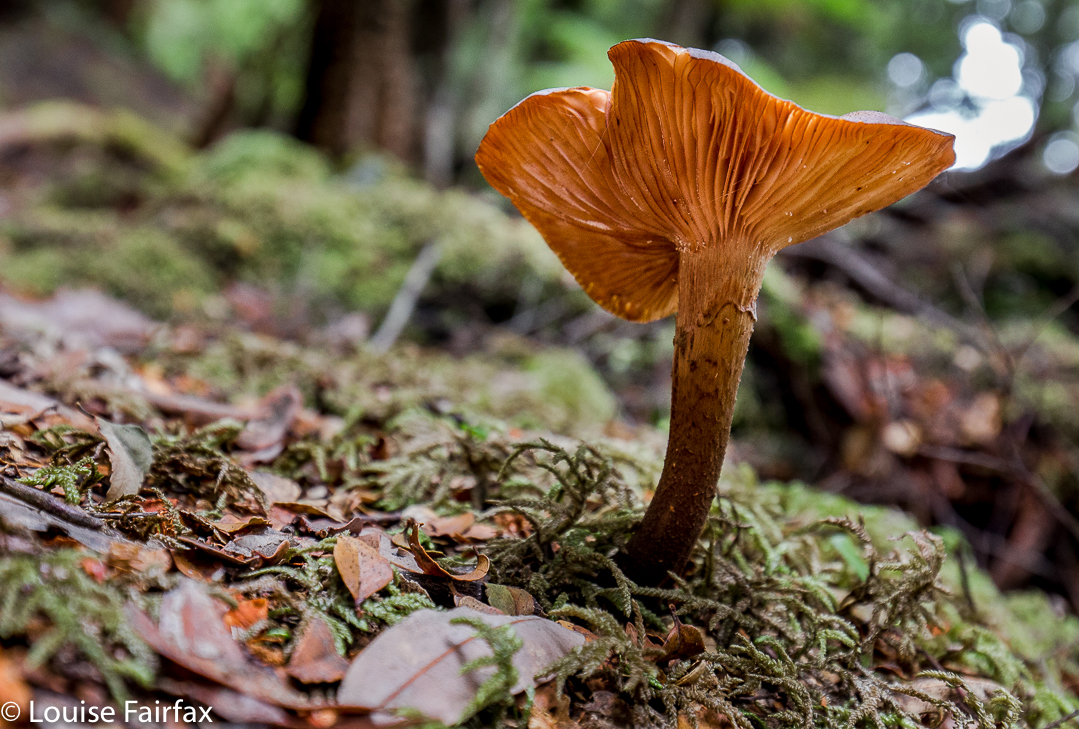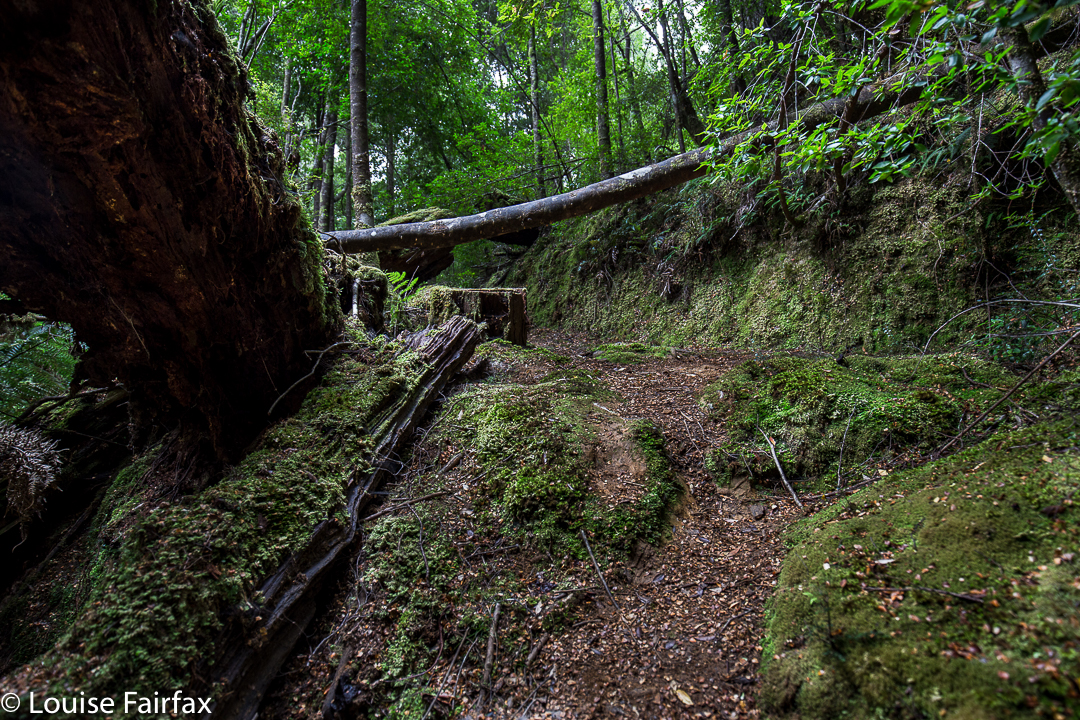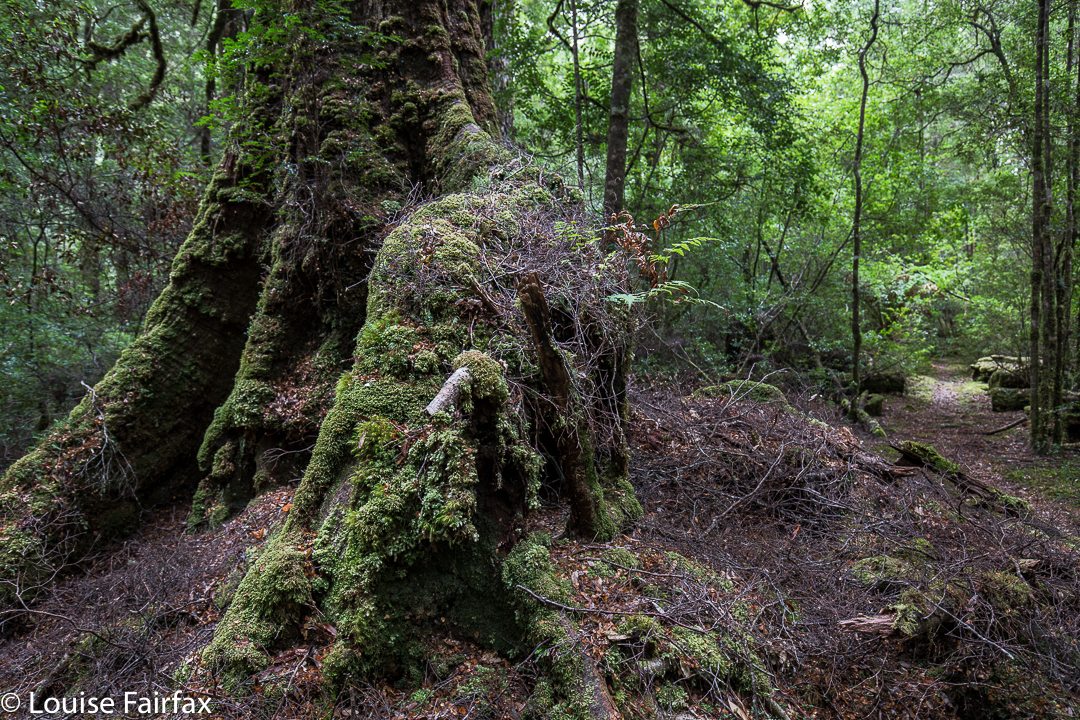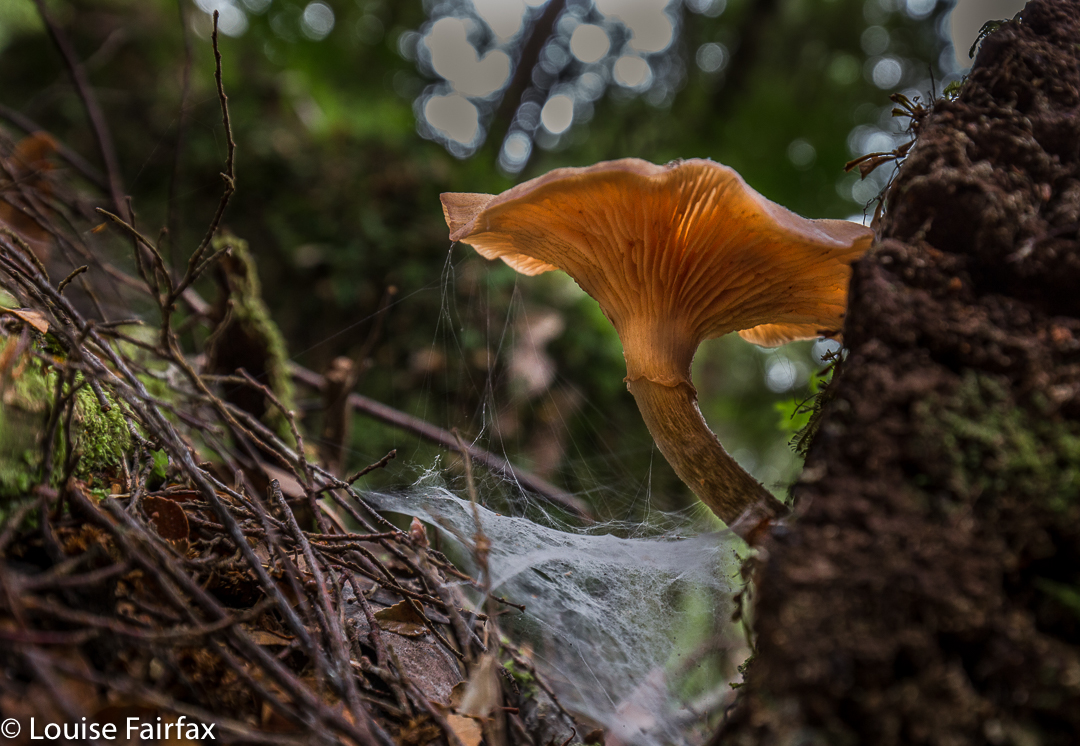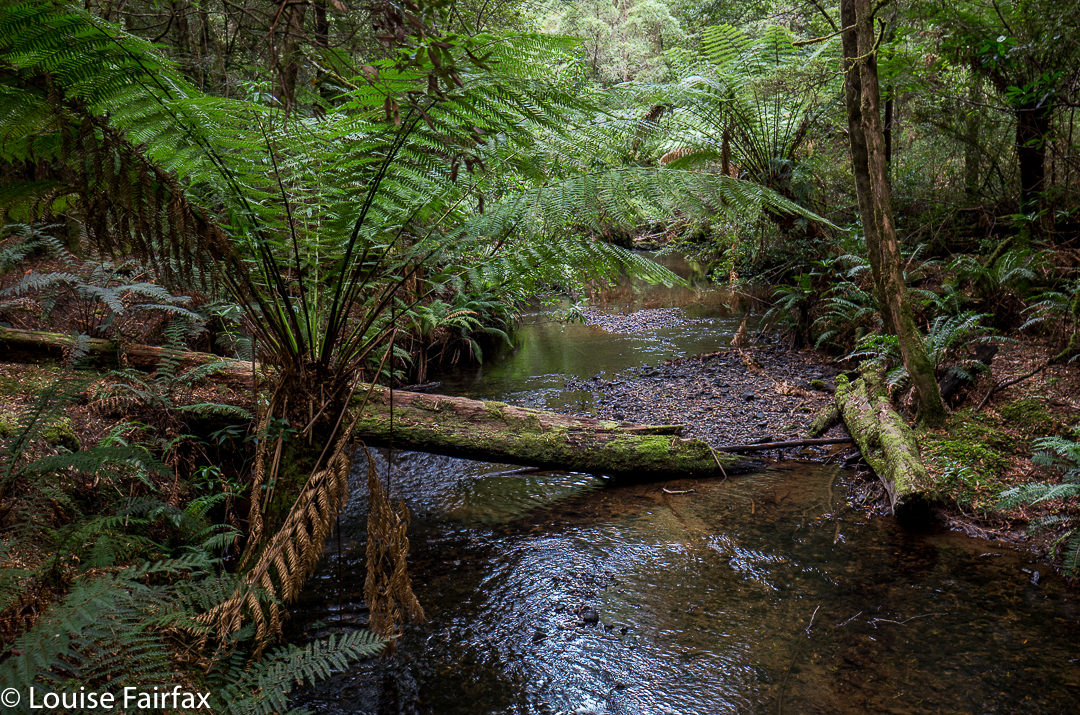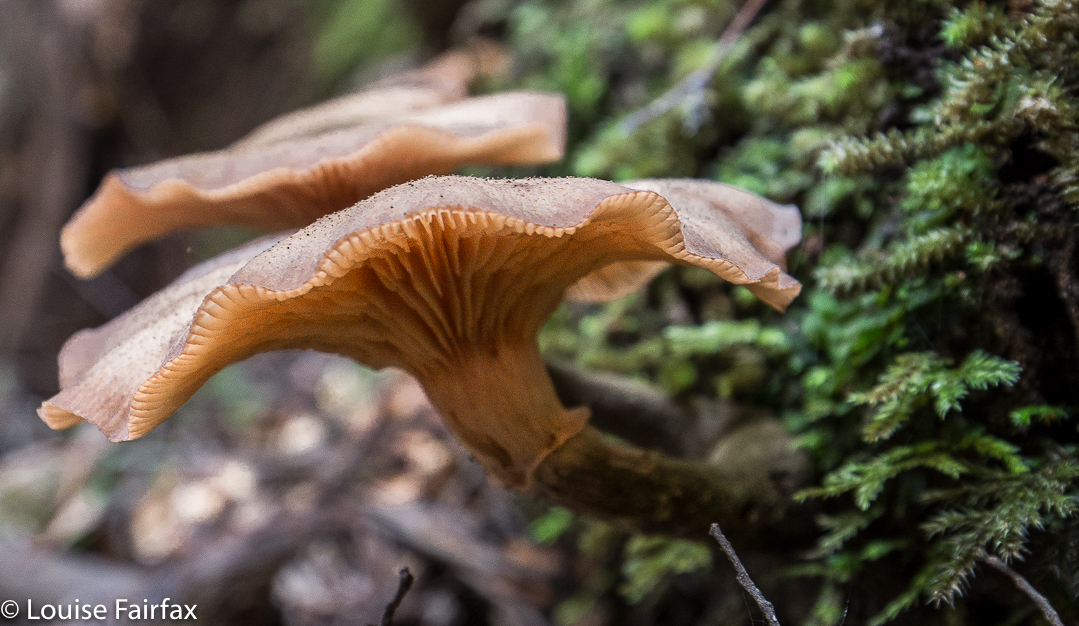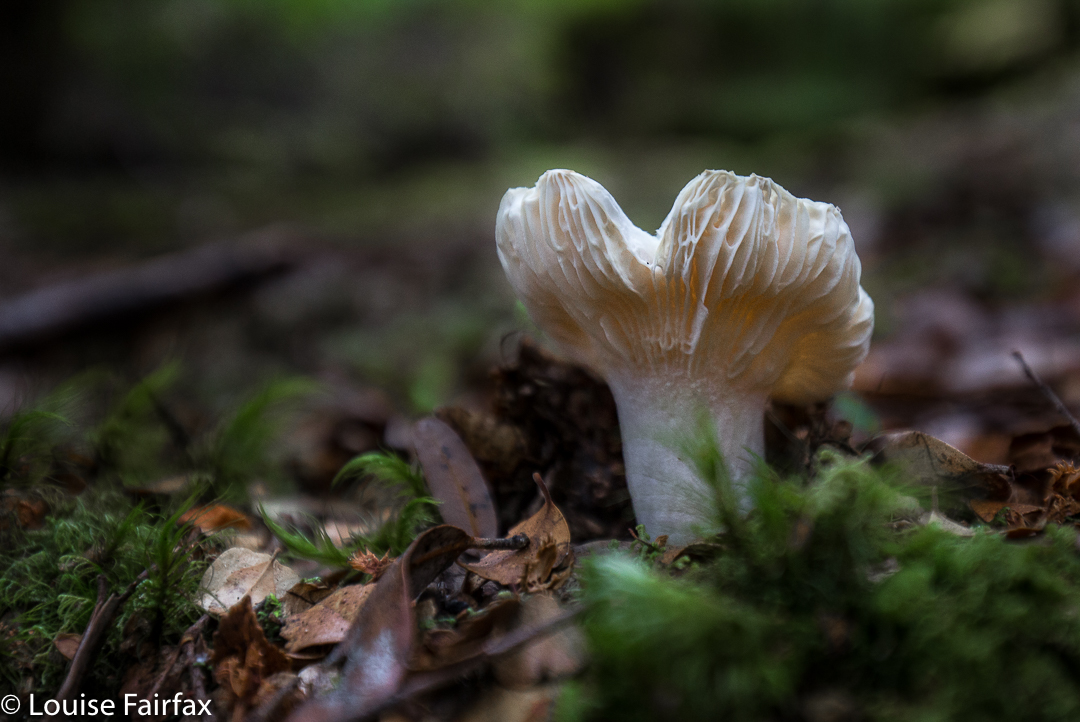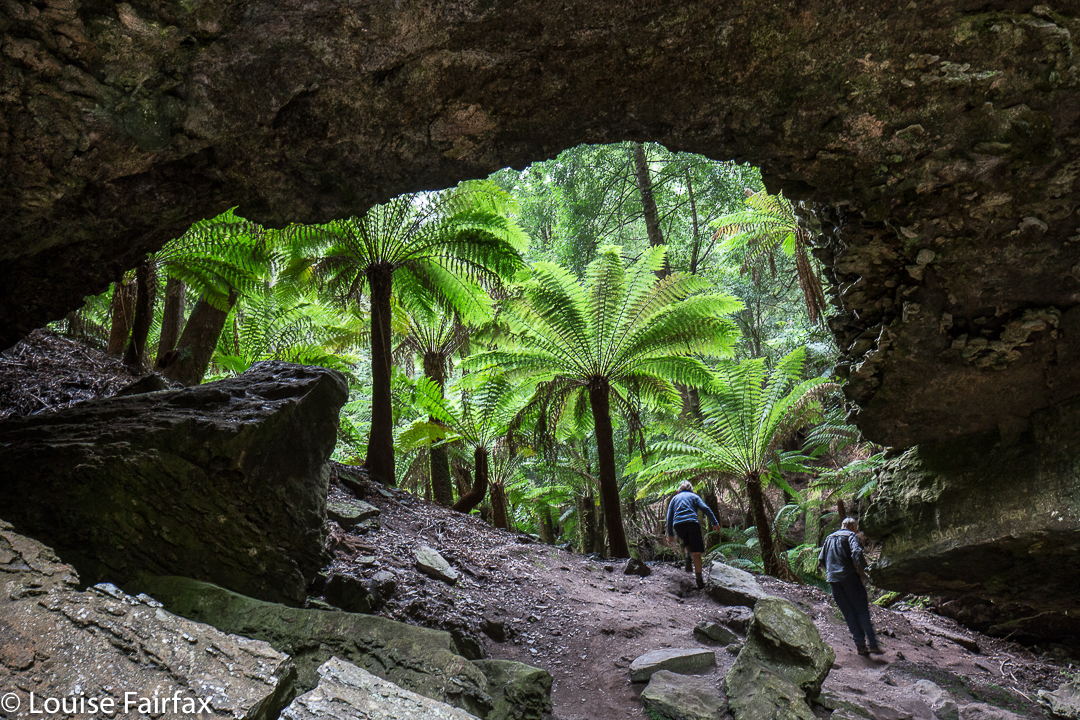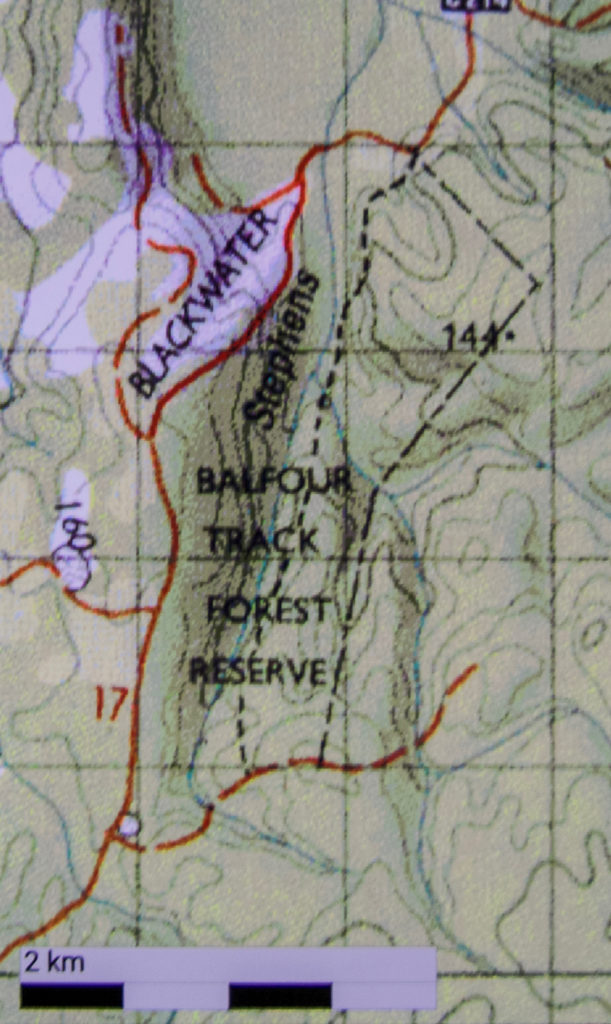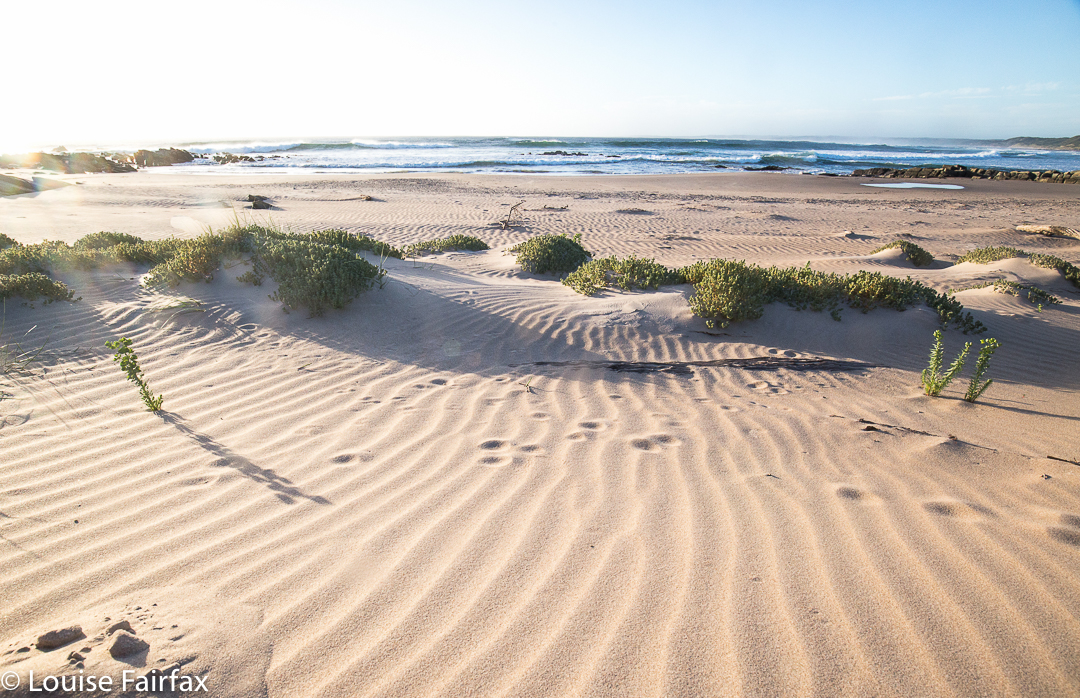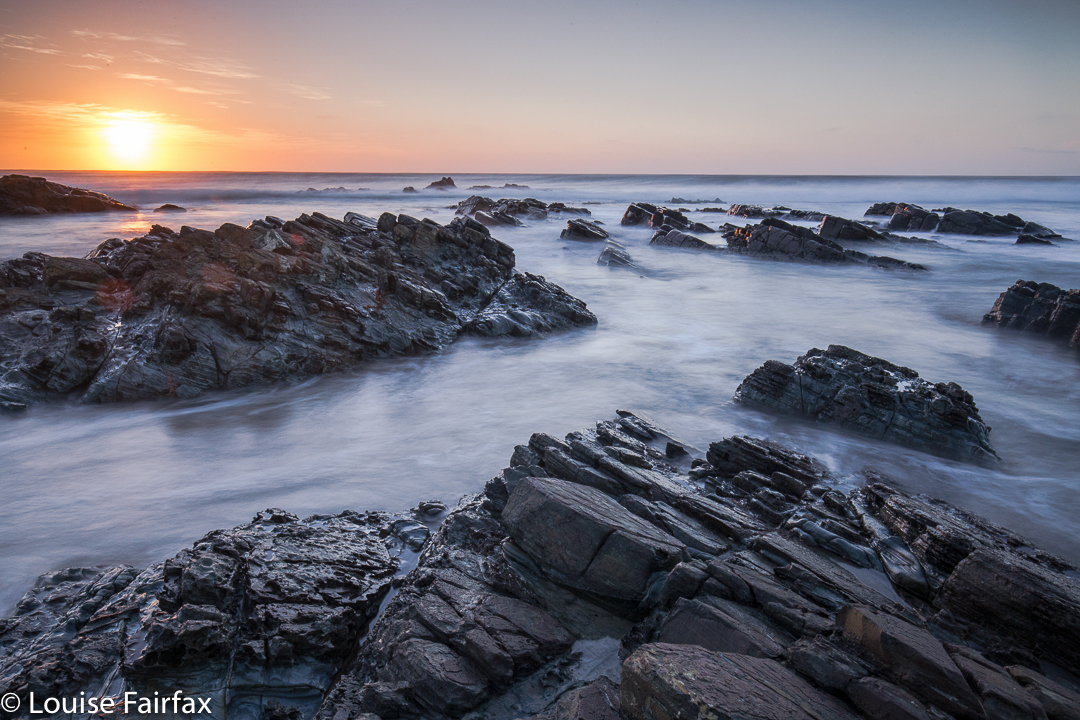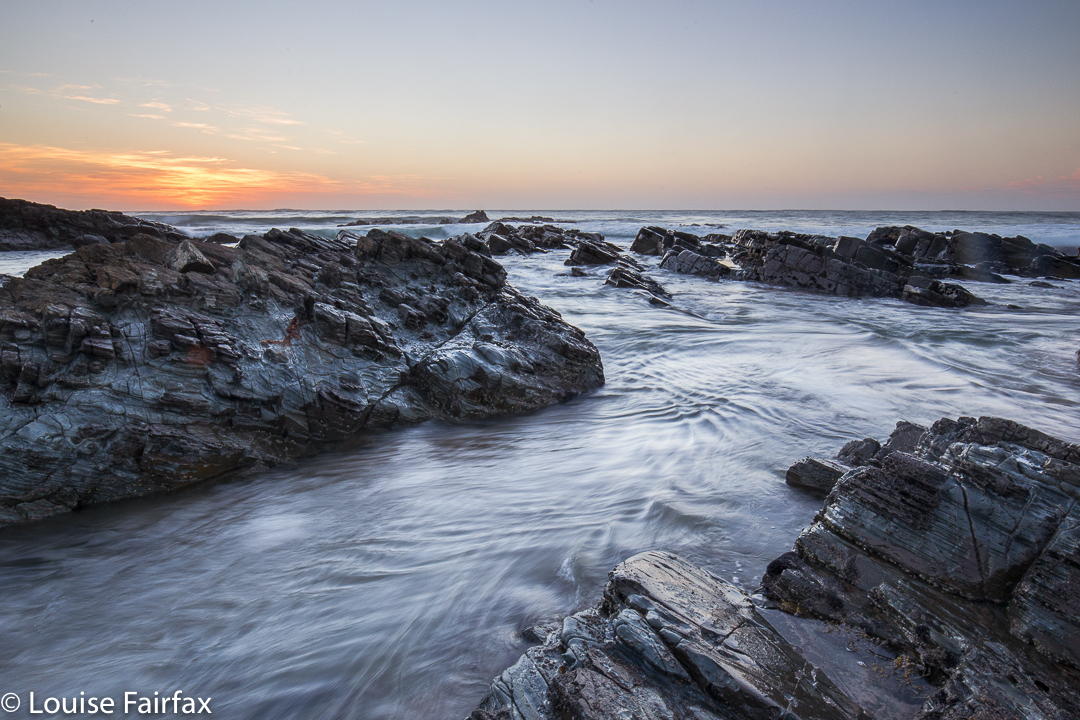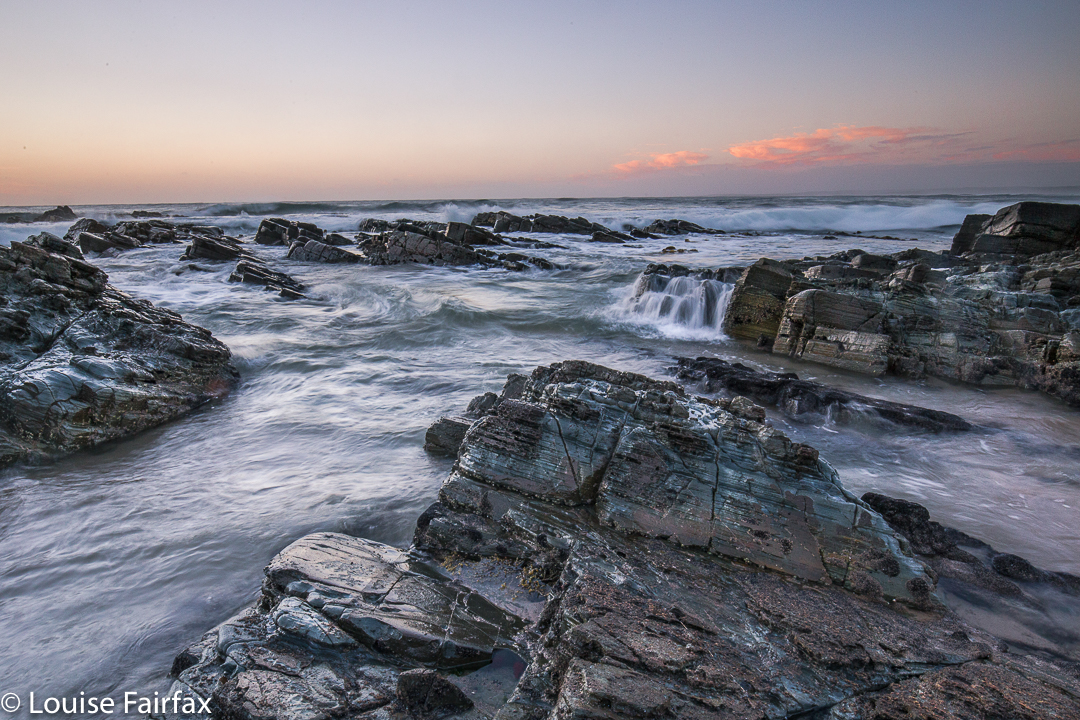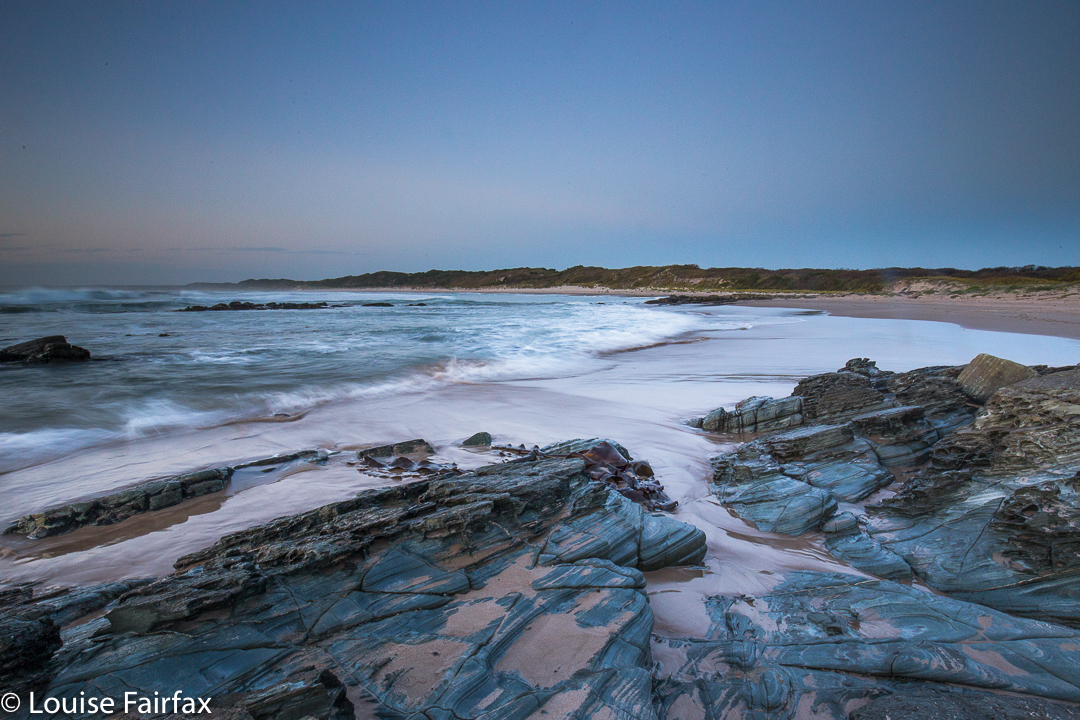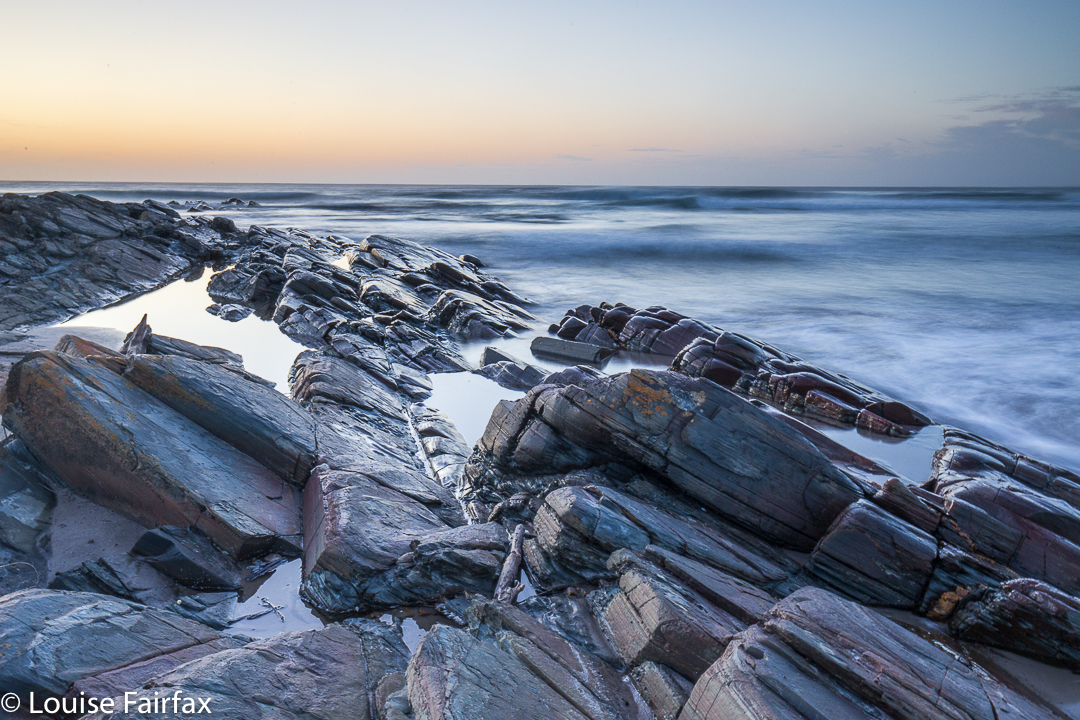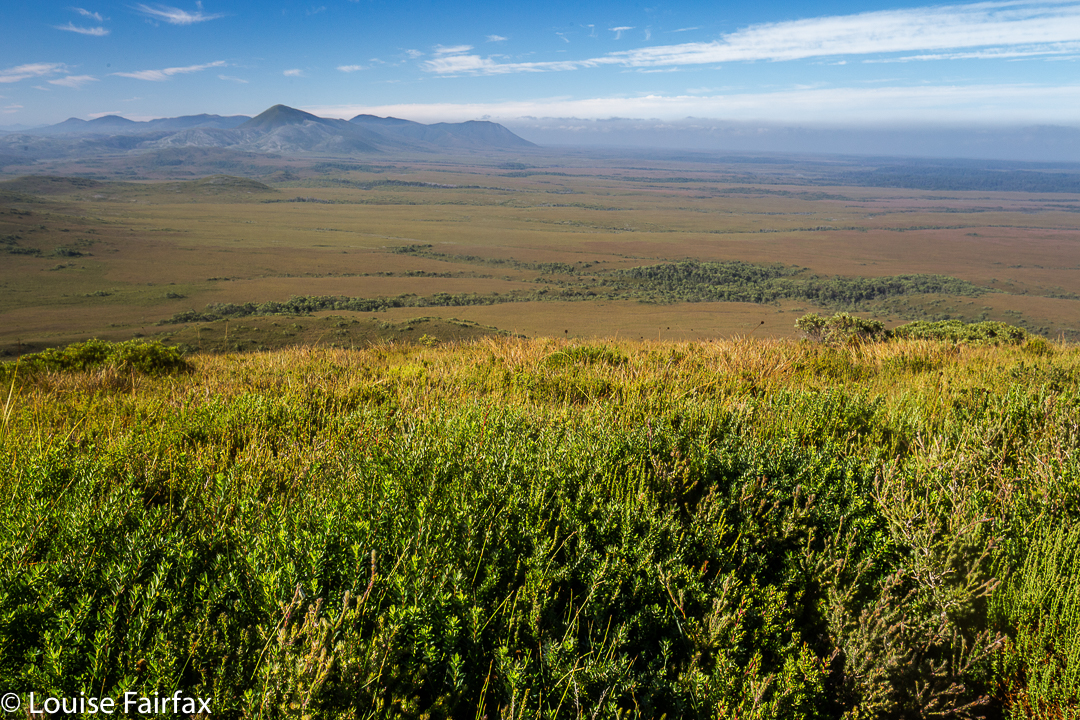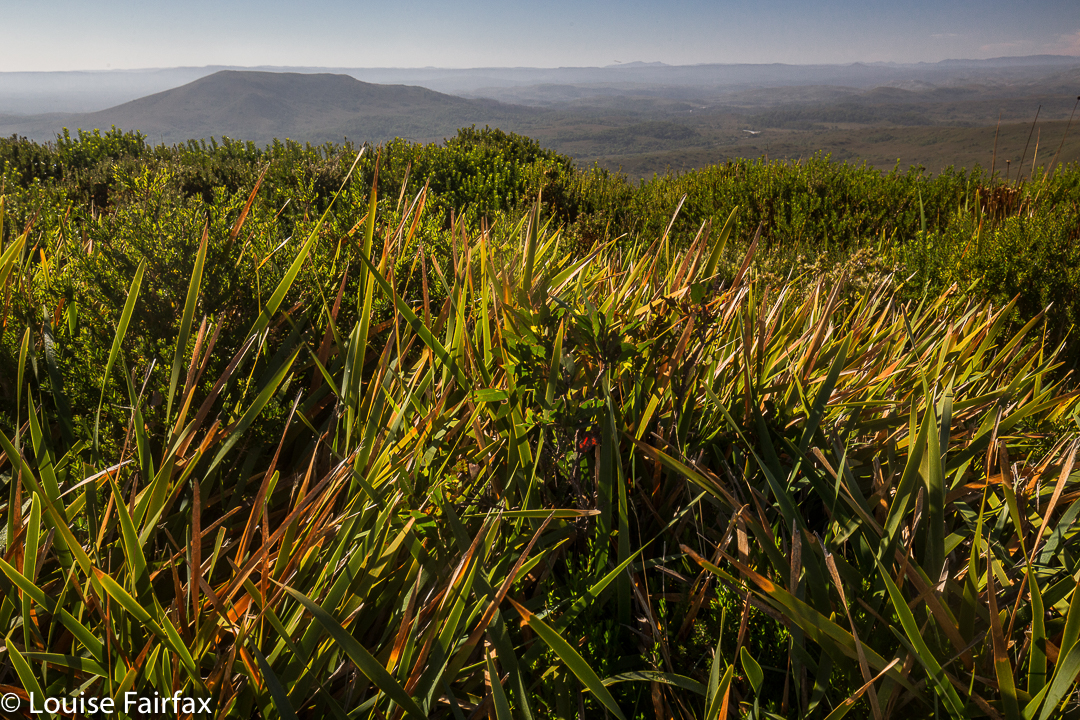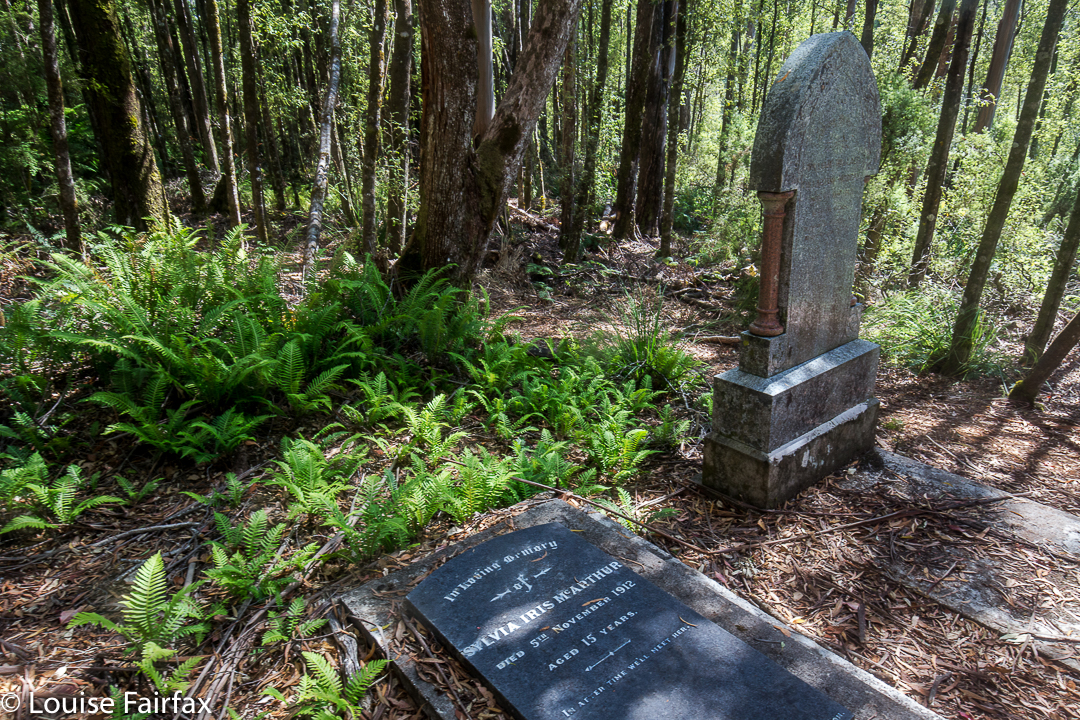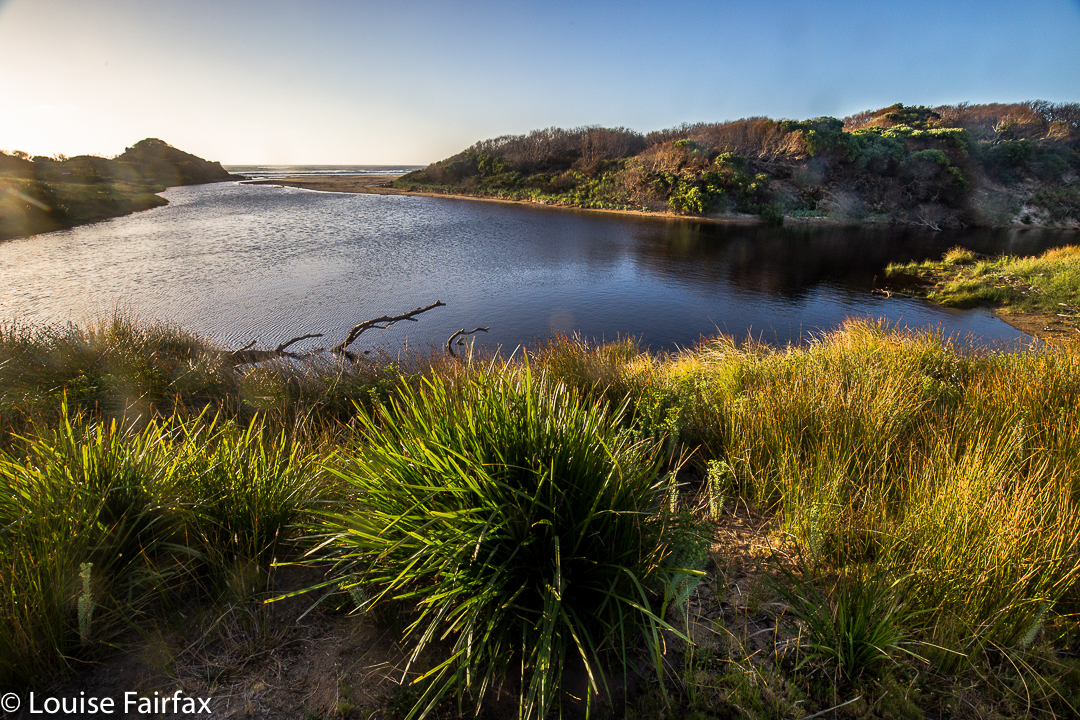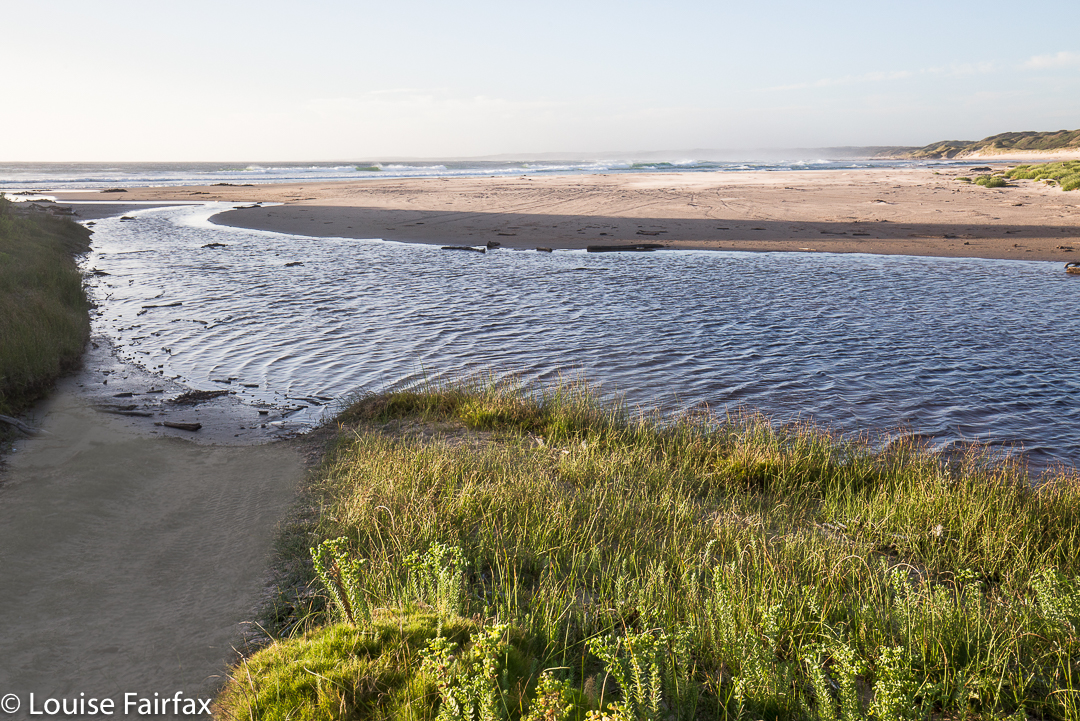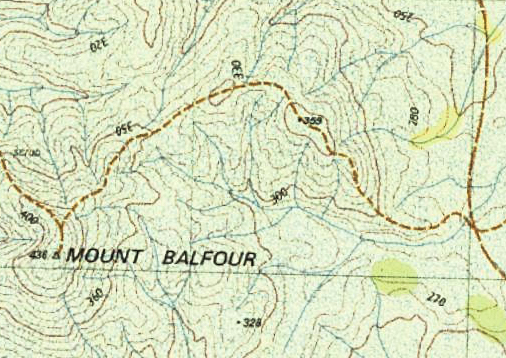I had seen a couple of photos of the Hebe Falls – beautiful ones that inspired me to try to find these magnificent forest scenes. I located the Hebe River on my map, so knew my general ballgame, got a few tips from an experienced friend, grabbed my fun photographer friend Carrie and off we set to find these falls. I wasn’t completely sure I could guarantee success, but I’d give it my best shot.
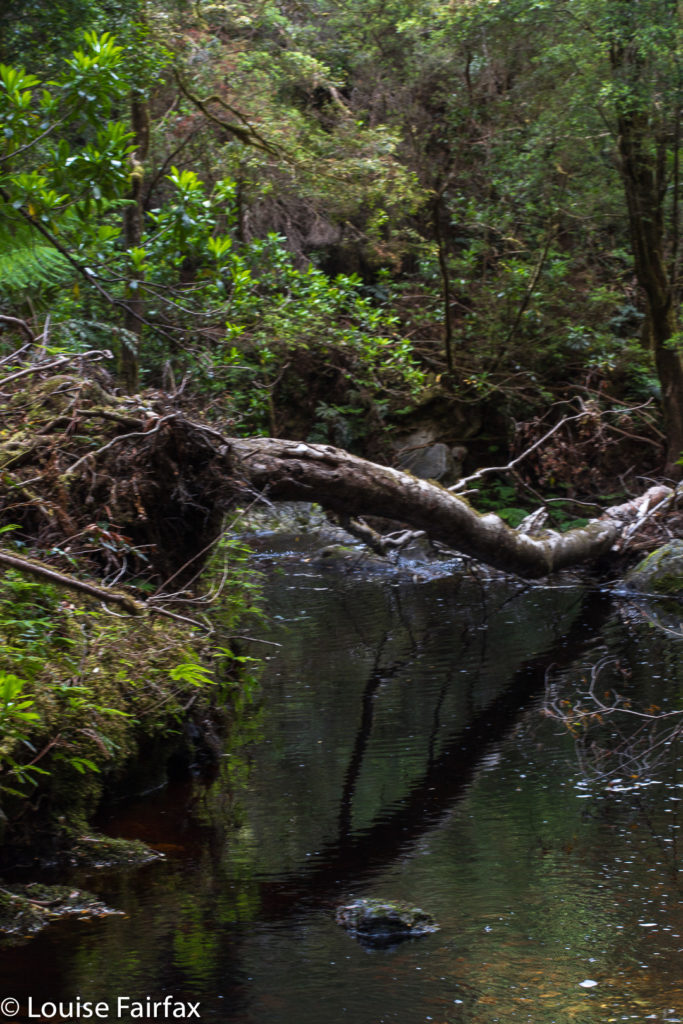
Off we ventured into the forest, which was much less thick than I had been expecting (I was braced in head-to-toe armour for a full-scale bushbash, but it was only a moderate battle). Things went well, navigationally speaking; we seemed to be getting closer to a water source. The trouble was, said water-source was not a great distance – horizontally – away, but there was a very big vertical distance to negotiate. Oh well. At least three others have done this and lived. Down we go. It felt like a deep-sea dive, as if we should hold our breathe. It really was very, very steep.
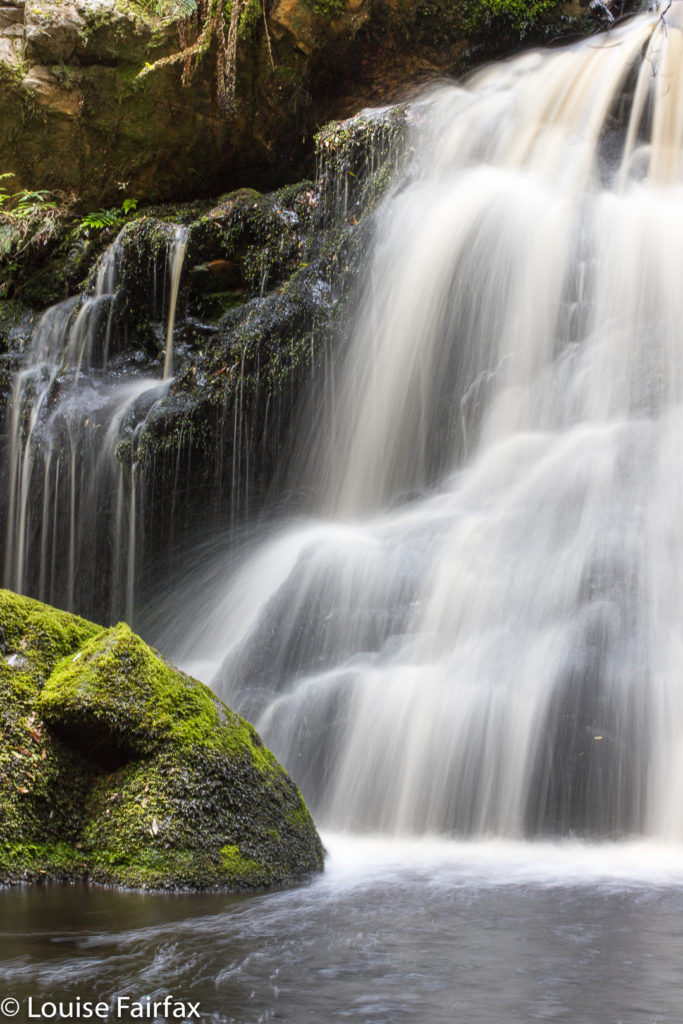
Once at the bottom, I could hear the falls, but we still had some climbing to do, over another knife-edged ridge, and dropping – steering under and over fallen branches – to reach the base further along. At last we could see our prize. We both took in a breathe of wonder. We had found something very beautiful here. I got out my camera to shoot, but the focus seemed very odd. What was going wrong?
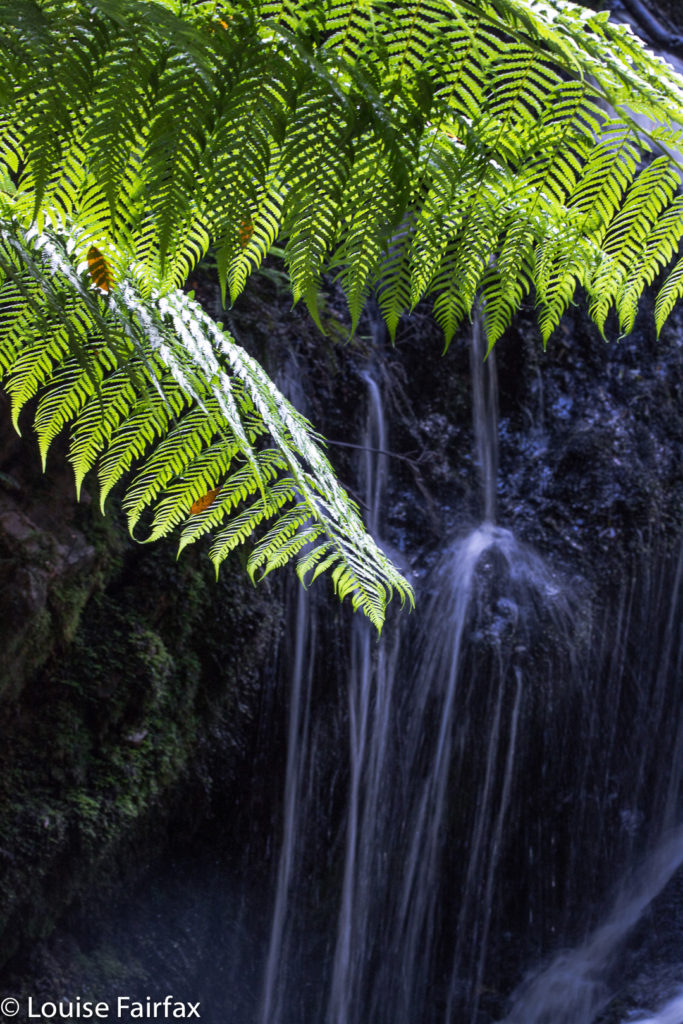
OH NO !!!!!! I had brought my 100mm dedicated macro lens and not my landscape one. There were a few darling bright red hygrocybes but that was not what I had just driven three hours to see. The photos here are my best effort with an entirely inappropriate lens that wouldn’t let me photograph the whole falls at once unless I went half a kilometre downstream. In addition, I could not attach my little stopper to increase the exposure time, or my circular polarising filter to cut extraneous glare. I was pretty sad about this all day, but the falls were so beautiful, and Carrie such fun, that I did not weep. In fact, I had my first weep-free day since Bruce disappeared two months ago.
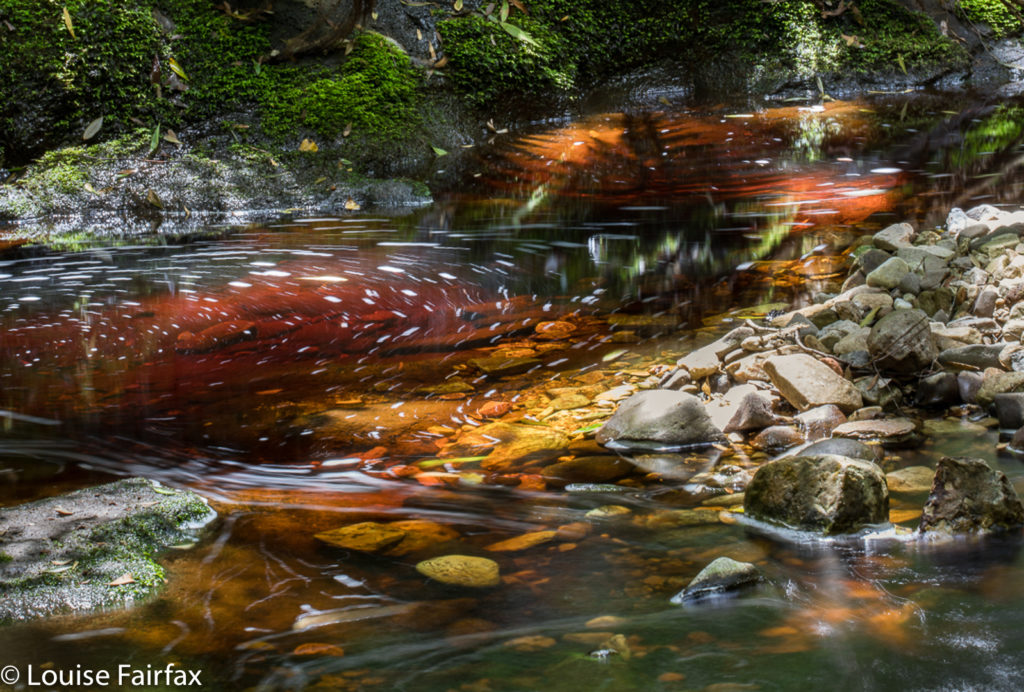
In addition to the wrong lens and inability to use the filters I had lugged into the location, we both had problems with the wretched sun which, despite our beautiful forecast for rain, insisted on making unwanted guest appearances every time we set up somewhere. That’s OK by me. I have to go back anyway!
